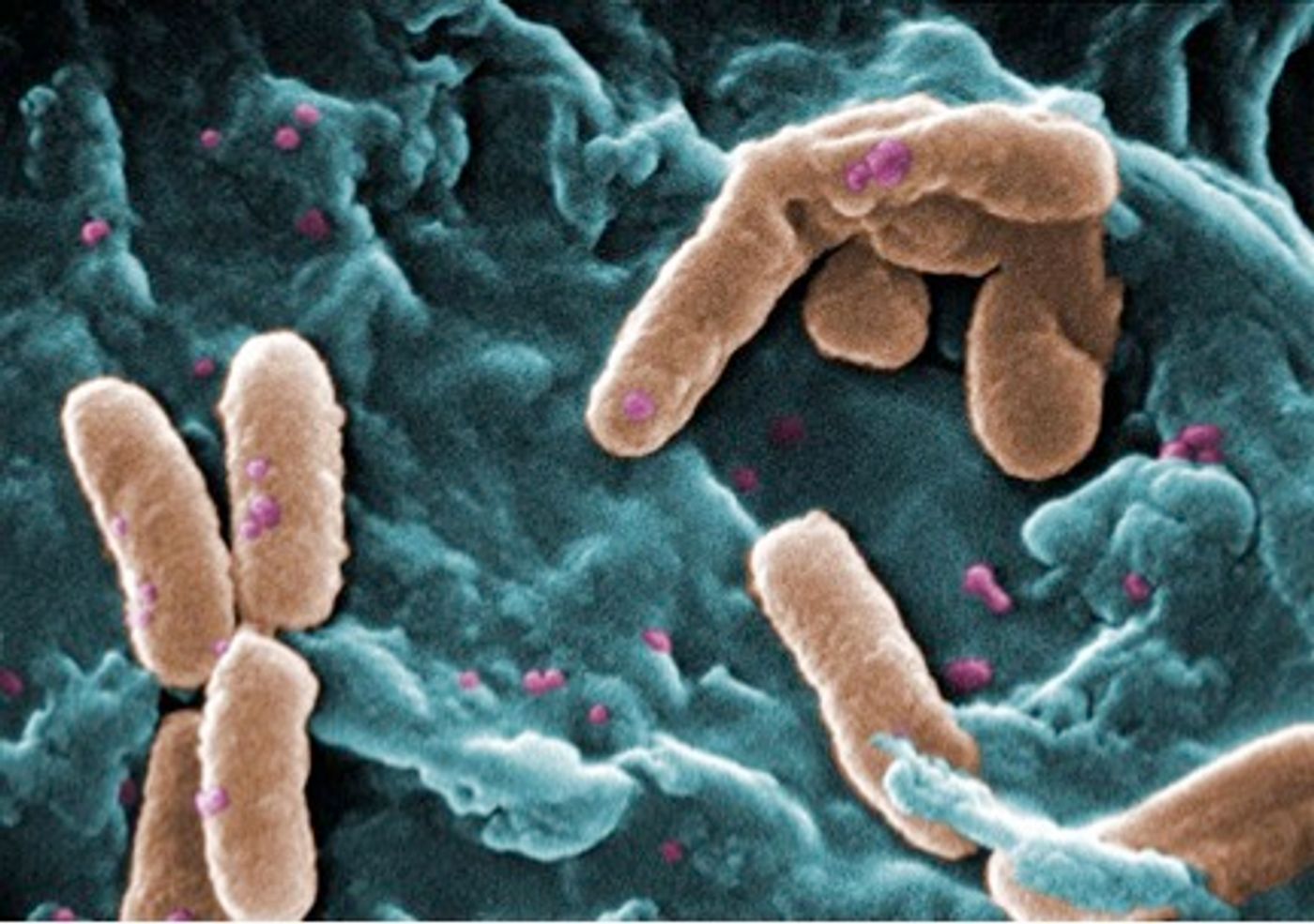In the clinical setting, wound infections can significantly delay recovery time and even become life threatening. Early detection of the infection is crucial, but current methods can take over 24 hours to deliver a diagnosis. However, a
new system of infection detection dramatically eliminates the wait time to just under a minute.
Traditional methods of detection of wound infections involve old-fashioned techniques of bacterial culture and overnight incubations. Even the more advanced methods that rely on molecular and biochemical identification still require several hours of incubation to obtain enough cells for analysis.
The newest method, developed by researchers at Northeastern University College of Engineering and the J. Craig Venter Institute, takes bacterial detection to the 21st century. Instead of bacterial cultures, the method uses a disposable electrochemical system that detects biomolecules released by the bacteria. More specifically, the system detects pyocyanin, a unique metabolite released by
Pseudomonas aeruginosa, a bacteria that commonly infects chronic wounds. Doctors would only have to sample a small amount of wound fluid for infection diagnosis that takes less than 1 minute.
"Being able to detect Pseudomonas and other infectious organisms at the time of the clinic visit will greatly enhance our ability to take care of patients," said Victoria Shanmugam, co-author of the study. "We would not have to wait for culture results before making a decision about antibiotics, and this would allow us to better tailor therapies for our patients."
In comparing the results from the electrochemical assay to rRNA profiling via pyrosequencing, the researchers reported a sensitivity of 71% and specificity of 57% for detection of Pseudomonas bacteria.
Admittedly the results have room for improvements. But, perhaps the research could be taken as a preliminary proof-of-concept study. Viewed as such, the study demonstrates success using a probe that rapidly detected unique bacterial molecules to detect infection. The disposable detection device provides a means for rapid point-of-care diagnosis directly at the patient’s bedside. With improvements and extension to include probes for other bacteria, doctors can be informed to treat infected patients with specific antibiotics sooner, reducing long-term health risks and improving overall patient outcome.
"Infections are a major challenge in medicine, and by using this probe, we were able to harness one of the unique molecules produced by bacteria to detect infection," said Shanmugam. "Through this ongoing collaboration with Dr. Goluch's team of engineers, we plan to continue to refine this testing method and hope to scale it up for detection of other bacteria and to optimize it for clinical use."
Additional source:
EurekAlert!









